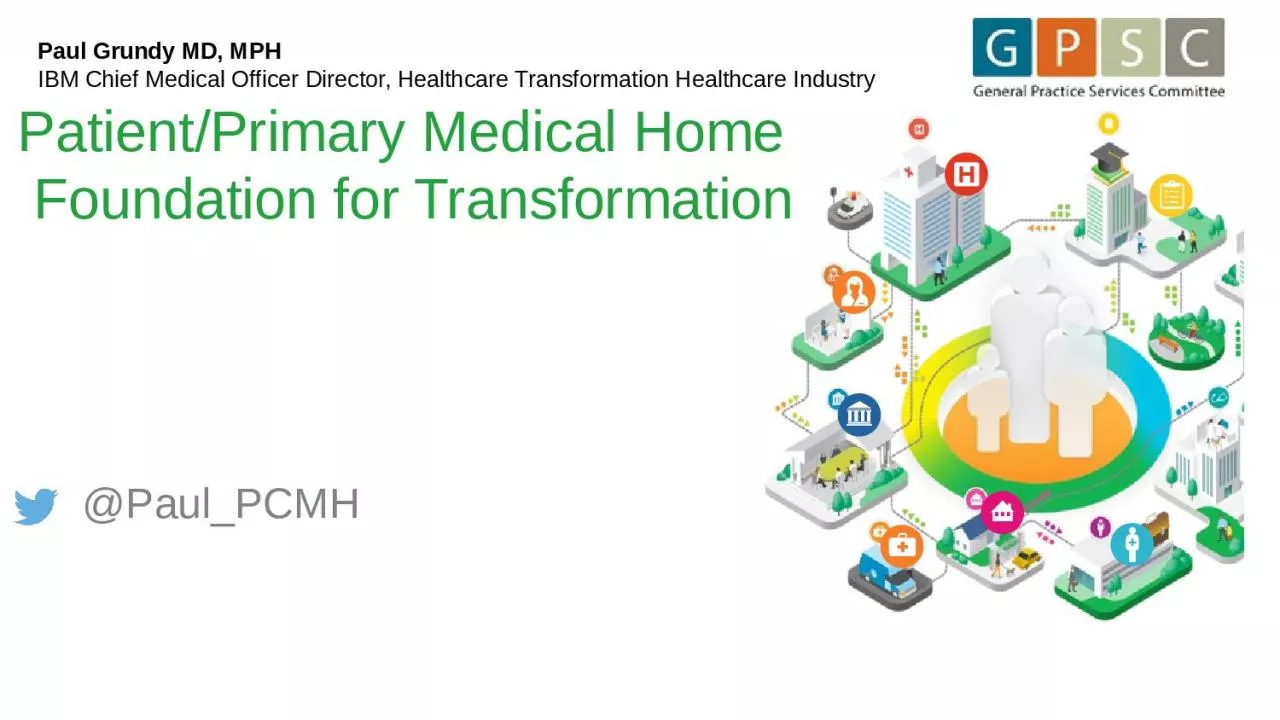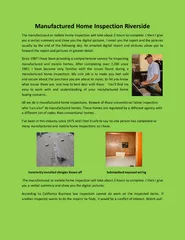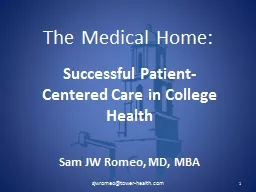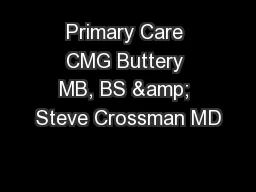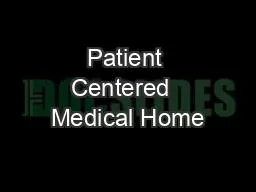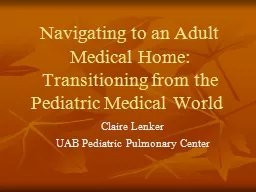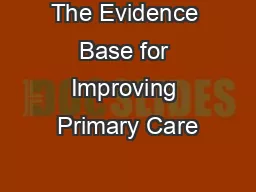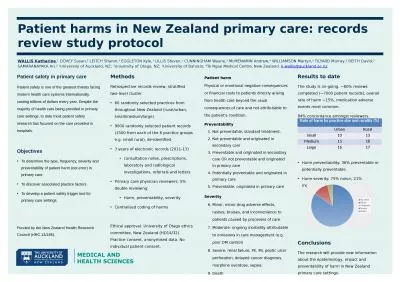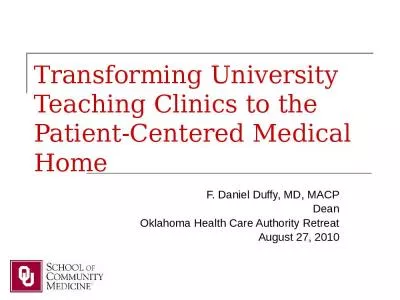PPT-Patient/Primary Medical Home
Author : madison | Published Date : 2024-03-13
Foundation for Transformation Paul Grundy MD MPH IBM Chief Medical Officer Director Healthcare Transformation Healthcare Industry PaulPCMH The System Integrator
Presentation Embed Code
Download Presentation
Download Presentation The PPT/PDF document "Patient/Primary Medical Home" is the property of its rightful owner. Permission is granted to download and print the materials on this website for personal, non-commercial use only, and to display it on your personal computer provided you do not modify the materials and that you retain all copyright notices contained in the materials. By downloading content from our website, you accept the terms of this agreement.
Patient/Primary Medical Home: Transcript
Download Rules Of Document
"Patient/Primary Medical Home"The content belongs to its owner. You may download and print it for personal use, without modification, and keep all copyright notices. By downloading, you agree to these terms.
Related Documents

